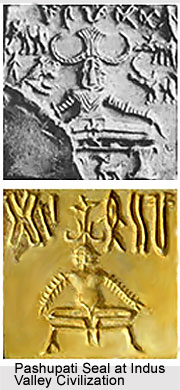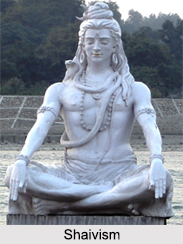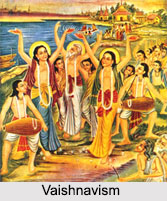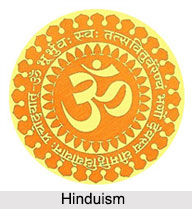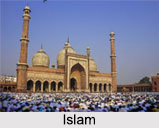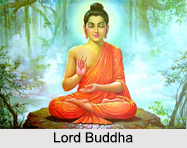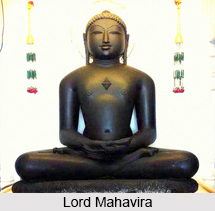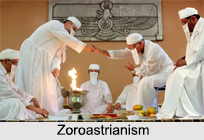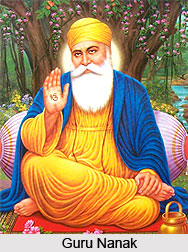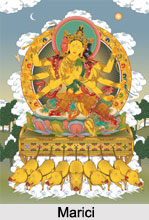 Marici is a deva or bodhisattva associated with light and the sun.
Marici is a deva or bodhisattva associated with light and the sun.
Marici is known as Molizhitian or Molizhitian Pusa in China and Marishi-ten in Japan and in Tibetan as `Odzer Canma, "Woman Endowed with Rays of Light".
Marici in Chinese Buddhism
Marici is known under the epithet of the Lady of Dipper Mother or Doumu, a name sometimes used by Buddhists.
Iconography of Marici
Marici is a representation of common Marichipuva with eight arms, holding a needle and the piece of string in the first pair of her hands, a goad, and noose in a second bow and arrow in third and a vajra and ashoka flower in the last. It is also depicted as a beautiful woman on an open lotus, the lotus itself sometimes perched on the back of seven sows.
While depicting Marici as a ferocious wrathful deity, it perched on the back of a boar.
As a multi-armed woman with a different weapon in each hand standing or sitting on the back of a boar, she has been depicted with one, three, five or six faces and two, six, eight, ten or twelve arms; three eyes; in her many-faced manifestations one of her faces is that of a sow. The iconography of Marici is common in India, but there are few examples in China and Japan.
Origin of Marici
The origins of Marici are obscure; however, she appears to be an amalgamation of Indic, Iranian and non-Indo-Iranian antecedents spanning 1500 years. Marici has also sometimes included as one of the Twelve Heavenly Generals associated with Bhaisajyaguru, the Buddha of Medicine.
Iconography of Marici in Hinduism
Rishi Marichi which means the ray of light is the son of Brahma, the cosmic creator, and also one of the Saptarshi, in the First Manvantara, with others being Atri, Angiras, Pulaha, Kratu, Pulastya and Vashishtha.
Life of Marichi in Hinduism
The life of Marichi or Marici is known by the explanation of his descendants, notably by the works of sage Kasyapa. Marichi is then married to Kala and gave birth to Kashyap. Kashyapa is also sometimes acknowledged as a Prajapati, who has inherited the right of creation from his father.
